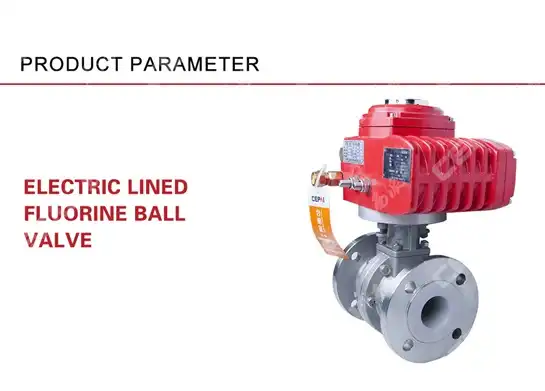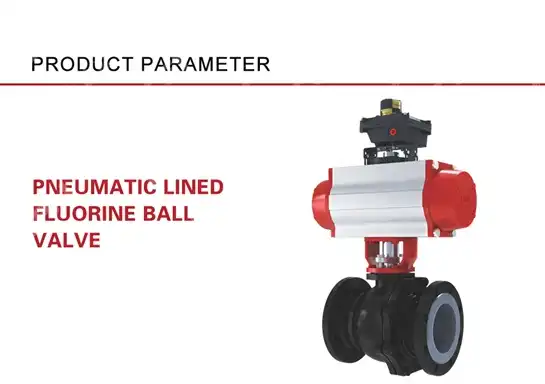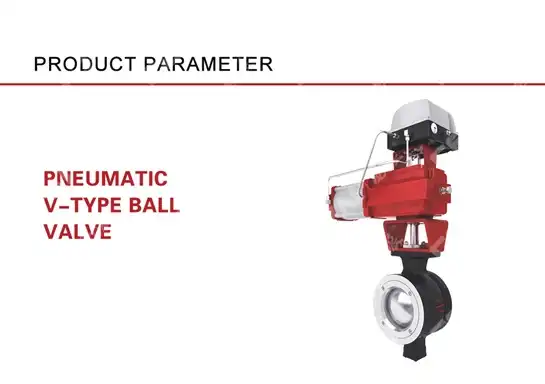Ball valves beginners frequently look for direct data on these significant components broadly utilized in plumbing, mechanical valves, and water frameworks. Understanding their operation, benefits, and upkeep opens smoother stream control and proficient shut-off valve applications. Ball valves exceed expectations in solid fluid stream administration and spill avoidance, making them irreplaceable over HVAC, gas frameworks, and mechanical frameworks. This direct is custom-made for those enthusiastic to get a handle on fundamental concepts, viable determination tips, and the preferences conveyed by high-quality ball valves, all cultivating certainty in their following valve venture and usage.
What Is a Ball Valve and How Does It Work?
Ball valves are basic pipe fittings planned to direct and control liquid streams by turning a circular component that contains a bore through its center. When the valve handle or actuator turns, the ball pivots between open and closed positions, permitting or confining the stream with tall accuracy. This quarter-turn operation guarantees fast, productive, and tried-and-true shut-off, advertising predominant responsiveness compared to other valve sorts such as entryway or globe valves. Their plan obliges both manual and robotized activation, making them reasonable for a wide range of applications, including fluids, gases, or steam. The strong fixing instruments minimize spillage, whereas the compact, however solid, structure underpins simple establishment in private plumbing, HVAC frameworks, and large-scale mechanical pipelines. Combining direct operation, unwavering quality, and steady weight control, ball valves stay irreplaceable in present-day liquid administration and computerization systems.
Key Advantages of Using Ball Valves
Ball valves are broadly recognized for their remarkable toughness, quality, and flexibility, making them vital in requesting mechanical situations, particularly for ball valves beginners looking to understand reliable flow control solutions. Their resistance to wear, erosion, and weight changes empowers steady execution beneath extraordinary working conditions. The circular plan altogether diminishes turbulence and weight drop inside the valve body, advancing smooth and proficient liquid stream. In expansion, the tight fixing capability minimizes spillage and vitality misfortunes, upgrading generally framework productivity. The valve’s straightforward inner structure with less moving parts diminishes the probability of mechanical disappointment and streamlines support schedules. Ball valves are moreover congruous with different materials—stainless steel, brass, PVC, and carbon steel—ensuring appropriateness for diverse media sorts. These points of interest collectively make ball valves a favored choice for HVAC frameworks, chemical handling, water treatment, and oil and gas operations where long-term unwavering quality and execution are critical.

Types of Ball Valves and Their Applications
Understanding the distinctive sorts of ball valves makes a difference guarantee legitimate choice and establishment over differing applications. The primary categories incorporate coasting ball valves, trunnion-mounted ball valves, and multi-port ball valves, each advertising one of a kind preferences. Drifting ball valves utilize a free-floating ball that presses against the situate to accomplish fixing, making them perfect for moo to medium weight frameworks. Trunnion-mounted plans join settled bolsters that secure the ball, empowering smoother operation beneath high-pressure and large-diameter conditions. Multi-port ball valves, on the other hand, permit different stream ways, supporting directional control in complex pipeline frameworks. Specialized variations—such as V-port and three-way ball valves—offer improved control and blending capabilities. By fitting fabric composition and fixing plan to operational necessities, these valve sorts successfully serve applications extending from private plumbing to modern mechanical handle systems.
Choosing the Right Ball Valve: Factors to Consider
Selecting the redress ball valve includes cautious assessment of a few operational and natural components, particularly critical for ball valve beginners learning proper valve selection practices. The valve fabric ought to be consistent with the liquid type—whether destructive, thick, or gaseous—to guarantee long-term solidness and spill anticipation. Legitimate measuring and weight rating are significant to keeping up framework keenness and avoiding stream limitations or weight surges. Temperature resistance and natural presentation must moreover be evaluated, as extraordinary conditions can influence seal execution and actuator unwavering quality. Compliance with worldwide guidelines, such as ISO 9001 and API certifications, ensures that the valve meets rigid quality benchmarks. Also, components like incitation sort (manual, pneumatic, or electric), conclusion association fashion (strung, flanged, or welded), and upkeep openness impact operational proficiency. Choosing a valve that equalizations execution, cost-effectiveness, and ease of integration guarantees unwavering quality and amplified benefit life over all liquid systems.

Maintenance Tips to Maximize Ball Valve Longevity
Routine upkeep is fundamental in protecting valve judgment and anticipating operational issues, a key thought for ball valve beginners looking to guarantee long-term framework unwavering quality. Occasional assessment for spills, erosion, and wear underpins early issue discovery. Oil of moving parts can improve valve operation smoothness, especially in mechanical frameworks subjected to visit utilize. Substitution of worn seals and seats anticipates spillage and keeps up successful shut-off capabilities. In progressed setups, inaccessible observing and cleverly benefit contribute to proactive support procedures. By taking after these hones, clients can guarantee secure, proficient, and strong valve operation over all their applications.
Conclusion
Grasping the fundamentals of ball valves engages apprentices to make educated choices in stream control and pipe fitting applications. Their basic valve operation, strength, and versatility over different segments contribute to effective and secure fluid and gas frameworks. Contributing in quality ball valves with trusted producers like CEPAI Gather guarantees unwavering quality, advancement, and total benefit bolster. Prepared with this information, buyers can certainly lock in in framework optimization and support, guaranteeing supported execution and cost-effective operation.
Why Choose CEPAI Group Co., LTD. for Your Ball Valve Needs?
CEPAI Group Co., LTD. stands out as a chief ball valves fledglings provider, bragging industry acknowledgment, protected innovation, and furious commitment to development. The company’s uncommon solidness and high-precision control execution reflect a commitment to fabulousness supported by thorough ISO quality frameworks. With a wealthy item extend and steady provider connections, CEPAI ensures productive coordinations and comprehensive after-sales benefit. Their center offerings incorporate pre-sales specialized meeting, customized arrangements, and master valve establishment, boosting customers’ certainty in consistent extend execution. Discover first-class ball valves beginners for sale at CEPAI. Contact us at cepai@cepai.com to discuss how our skilled team can assist with your valve requirements and elevate your fluid systems with trusted products.
References
1. Millward, G. (2020). Industrial Valve Engineering and Applications. Technical Publishing Group.
2. Johnson, A., & Smith, R. (2019). Fluid Dynamics Principles in Valve Design. Industrial Fluid Mechanics Press.
3. Lee, K. (2021). Valve Types and Their Role in Modern Plumbing Systems. Modern Mechanical Systems Journals.
4. Patel, S. (2022). Leak Prevention Strategies in Industrial Valves. Journal of Industrial Engineering.
5. Roberts, M., & Garcia, L. (2018). Maintenance and Reliability of Manual Valves in HVAC Systems. HVAC Technology Review.
6. Wang, H. (2023). Advances in Valve Operation for Gas and Water Systems. International Journal of Pipe Fittings and Flow Control.
_1746598568348.webp)



